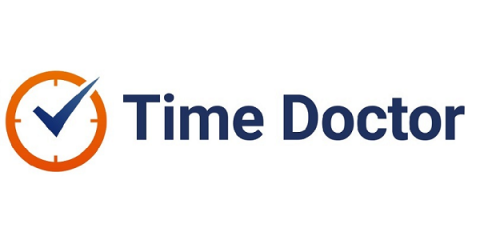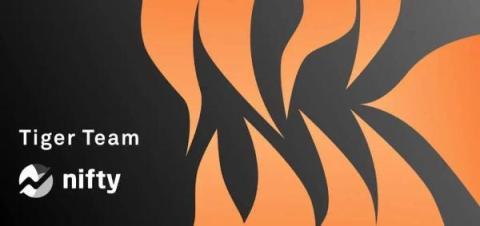How workplace play unlocks the door to AI adaptation
These days, automation and artificial intelligence (AI) are not just buzzwords but essential components of the workplace, thus it is more important than ever to use creative training techniques. A novel strategy, as disclosed by a recent Deloitte study, indicates that play may hold the key to workplace adaptation and employee upskilling in the future.






